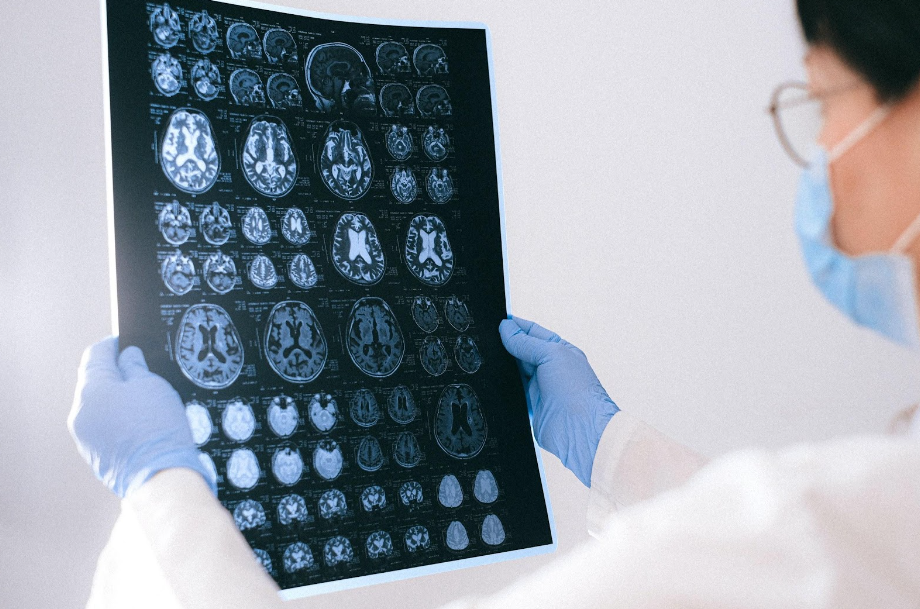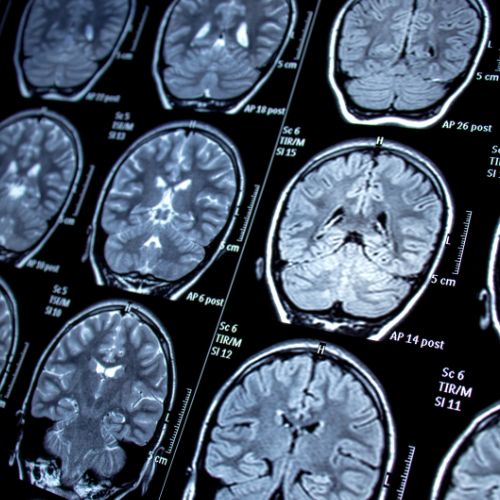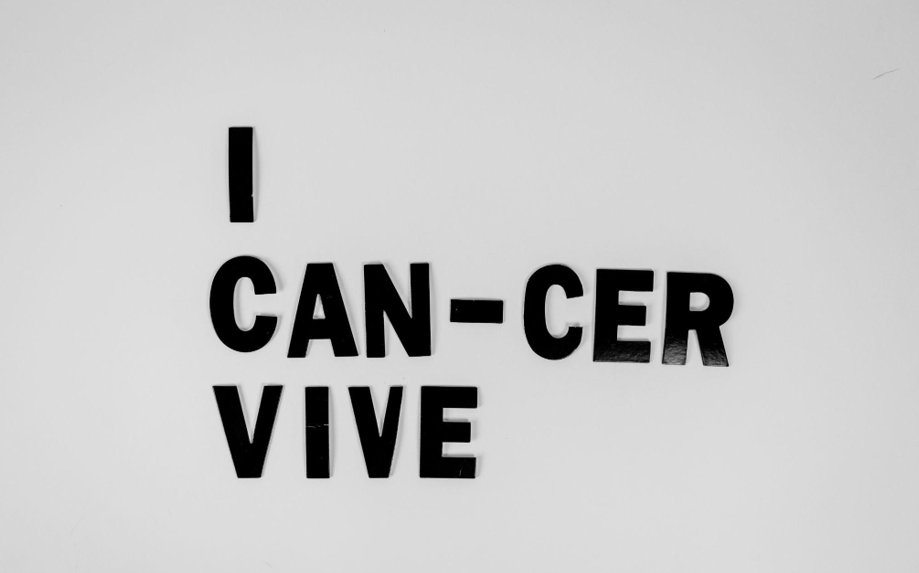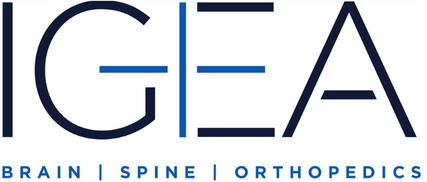Understanding Chiari Malformation: Symptoms, Types, and Treatment
Understanding Chiari Malformation: Symptoms, Types, and Treatment

Chiari Malformation is a complex neurological condition that affects the area where the brain and the spinal cord meet, leading to a range of symptoms and complications that can significantly impact a person's quality of life. Although the condition is relatively rare, it affects at least 1 in every 1,000 people, according to scientific research.
Read on to learn more about the types and symptoms of Chiari Malformation, as well as potential treatments and management strategies.
What Is Chiari Malformation?
Chiari Malformation is a structural abnormality of the brain in which a portion of the cerebellum—responsible for coordinating voluntary movements—extends downward through the opening at the base of the skull and into the spinal canal. This displacement causes pressure on the brainstem, blocking the proper flow of cerebrospinal fluid between the skull and the spinal cord and impeding the proper functioning of the brain.
Different types of Chiari Malformations (CM) can vary in severity and associated symptoms.
What Causes Chiari Malformation?
The exact cause of CM is unknown, although researchers believe that the underlying anatomy of this condition stems from a genetic syndrome, a lack of proper prenatal nutrition, or exposure to harmful substances during pregnancy.
What Are the Symptoms of Chiari Malformation?
The symptoms of CM vary widely and can be challenging to diagnose as they may mimic other medical conditions. Some people may have no symptoms at all, while others may experience significant pain and discomfort. In other cases, patients’ symptoms have arbitrarily appeared and changed daily.
The most common symptoms include:
- Neck pain
- Dizziness
- Vomiting
- Headache
- Insomnia
- Depression
- Muscle numbness and weakness
- Trouble swallowing or speaking
You can
talk to your doctor if you have any concerns about your or your children’s health. Before your doctor’s appointment, remember to write down your symptoms, including any that may seem unrelated to the medical assessment, and prepare questions you may want your doctor to address.
How Many Types of Chiari Malformation Are There?
CM is usually caused by structural defects in the brain and spinal cord during fetal development, called primary or congenital. In some cases, acquired or secondary CM may develop if spinal fluid is excessively drained from the spine due to traumatic injury, disease, or infection. However, congenital CM is more common than secondary.
CM is classified based on the severity of the disorder and the parts of the brain that protrude into the spinal canal. Understanding the classification helps us develop a personalized treatment plan.
There are four types of CM, with type I being the most common.
Type I
In this type, the lowest part of the back of the brain extends below the spinal canal, which can put pressure on the brainstem and spinal cord, and result in abnormal cerebrospinal fluid flow. Usually, this condition flares up during adolescence or adulthood, and it is noticed by accident during an examination for another condition.
Type II
This second type occurs when areas on the back of the brain shift down through the bottom of the skull. The nerve tissue that connects the two parts of the cerebellum may be missing or only partially formed. The malformations are often associated with a form of spina bifida, hydrocephalus, and myelomeningocele—a form of spina bifida that occurs when the spinal canal and backbone do not close before birth. The latter usually results in partial or complete paralysis of the area below the spinal opening.
This type, also known as Arnold-Chiari malformation, can cause life-threatening complications for babies and children. This condition is generally more severe than Type I and may include surgery as part of the required treatment.
Type III
This type is a rare and severe form in which the cerebellum and brainstem herniate through the back of the skull and into the spinal canal.
Symptoms appear in infancy and can cause significant neurological damage and life-threatening complications. Babies with Type III can have many of the same symptoms as those with Type II but experience additional severe neurological defects such as seizures and mental and physical delays.
Type IV
This type is one of the rarest. In this stage, the cerebellum fails to develop properly and may be fatal in severe cases. This condition is also known as cerebellar hypoplasia, in which portions of the skull and spinal cord may be visible.
Syringomyelia
CM is the leading cause of syringomyelia. Syringomyelia or hydromyelia is a condition where cerebrospinal fluid accumulates inside the spinal cord and creates a hollow or cyst. These spinal cord disorders are chronic in nature and may progress or worsen over time. The spinal cord's nerve fibers may be damaged or displaced when the fluid cavity enlarges.
Symptoms can take many different forms depending on the size and location of the syrinx. One characteristic symptom is the loss of sensation in a region that is supplied by multiple nerve roots, as well as the onset of scoliosis.
How Is Chiari Malformation Diagnosed?
CM is a rare and often misunderstood neurological condition, making it challenging to diagnose. Although there are currently no tests available to predict whether a baby will be born with CM, specialists can properly diagnose symptoms and malformations with X-rays, MRIs, and CT scans.
The doctors may perform additional tests to rule out other conditions with similar symptoms to CM.
Prompt diagnosis is crucial in preventing complications and providing the necessary treatment.
What Are the Treatment Options for Chiari Malformation?
The treatment of CM largely depends on the severity of the condition and the patient’s symptoms.
When symptoms are present, one of the most common treatment options is local surgery. This procedure generally removes bone to decompress the brain, dura, and spinal cord.
Other treatment options may include medications, physical therapy, and lifestyle changes.
It´s important to note that while treatment can help manage symptoms, it is not a cure for CM. Therefore you must seek and follow healthcare professional advice to manage symptoms and ensure the best possible outcome.
How to Cope with Chiari Malformation?
Living with CM could be challenging and unpredictable, but it is important to understand that you are not alone. With proper treatment and support, you can live a fulfilling life.
One important aspect is taking care of yourself: follow your doctor's treatment plan, eat a healthy diet, get enough rest, and manage stress.
You should avoid activities that strain your neck, such as heavy lifting or contact sports.
The physical part is not the only thing you need to take care of. You also need to think about your mental health. Try having open and honest conversations with your family, friends, and coworkers about your condition and explain to them how it affects you. This talk can help them understand why you may cancel plans or take time off work.
Besides taking care of your physical and emotional health, you should make necessary changes in your personal and professional daily routine. These plans may include adjusting your home or work environment with assistive devices or specific accommodations.
Although living with Chiari Malformation can seem daunting, there are resources and support groups available. You can have a fulfilling and meaningful life with proper care and management.
How Can I Raise Awareness and Improve Care For CM?
Many people are still unaware of CM, which can hinder them from finding support and resources. The National Institute of Neurological Disorders and Stroke (NINDS) is the primary organization that funds research on CM and other brain and spinal conditions.
Clinical research uses human volunteers in clinical trials to help specialists learn more about a disorder and find better ways to detect and treat it.
Chiari malformation is uncommon, but increased use of imaging tests has led to more-frequent diagnoses.
IGEA Brain, Spine & Orthopedics boasts a dedicated medical team specializing in cutting-edge, innovative technology to treat a variety of brain conditions like Chiari Malformation. If you have any concerns about your health or that of your loved ones, we are standing by to help you find an accurate diagnosis and effective treatment plan.
Call us for an appointment today, and we assure you will be in the safest hands.







